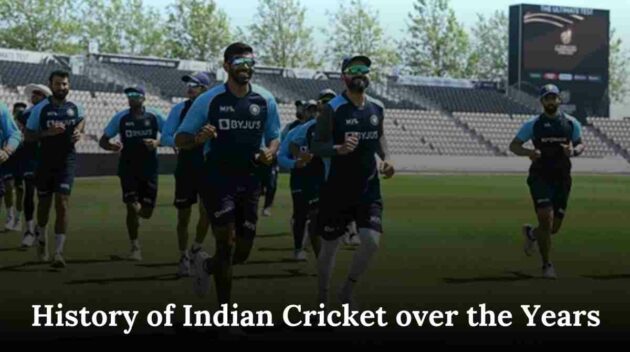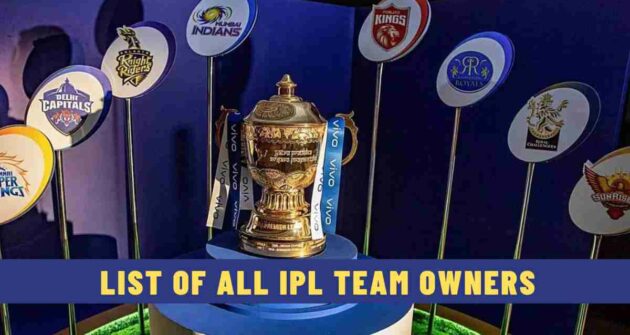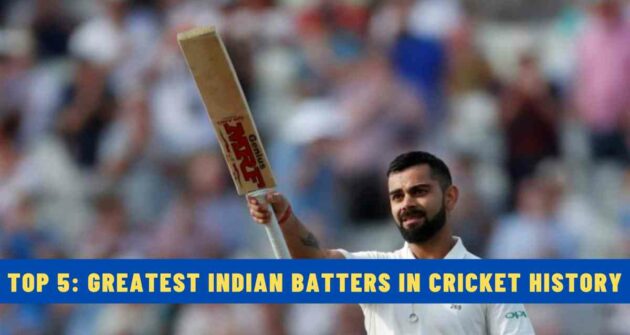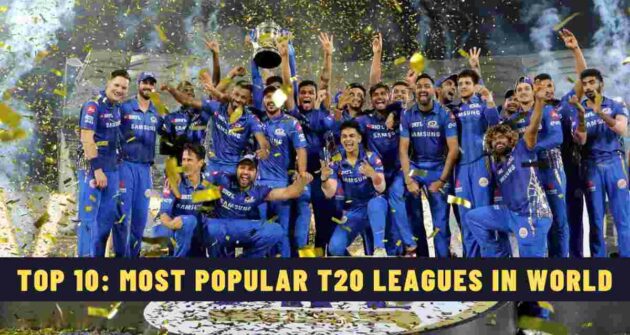Cricket isn’t a mere sport in India, it’s a religion for many. Even though the sport has its roots in England, it has made billions of Indians fall in love with it.
The gentleman’s game arrived in the country somewhere in 1721 and didn’t take a lot of time to captivate the locals. Now, cut to the 21st century, the Indian cricket team dominates the international cricketing scene, and how?
In between these many years, cricket in India went through a lot of transformation, leaving behind defeats and inching closer to glorious days.
In this article, we’ll delve into Indian cricket’s journey over the years.
Cricket Sets Foot in India: 18th and 19th Century
As mentioned earlier, cricket found its way to India in 1721 through British merchants stationed in Cambay, Kutch. Playing cricket was a recreational activity for them, which garnered significant attention from the locals.
The sport soon started going places as the British merchants established their settlements in other parts of the country. In 1792, India got its first cricket club in the form of the Calcutta Cricket Club (now Calcutta Cricket & Football Club), established by East India Company’s British expatriates.
The CCFC has the honour of being the second oldest cricket club in the world after London’s Marylebone Cricket Club (MCC). Soon, the club started playing cricket matches against several British Army regiments and visiting teams from England.
As the British rulers started tightening their grip over India, the sport reached many parts, with locals indulging with much fervour.
In 1848, the Parsi community in Mumbai set up their own club — the Oriental Cricket Club (OCC). The club, though, didn’t last too long.
However, it opened the doors for other communities to establish their own clubs in the western coastal city. After OCC’s short stay, 2 years later, the Parsis instituted the Young Zoroastrians Club. Later, in 1866, Hindus followed suit, establishing the Hindu Gymkhana.
By this time, the sport was growing at a rapid pace across the Indian subcontinent, with new clubs sprawling here and there. After looking at the growing popularity of cricket in the subcontinent, the Britishers also helped further the development of the sport.
In the late 19th century, the game got a huge boost as Kumar Shri Ranjitsinhji, the then Prince of Nawanagar, took everyone by storm in England with his unorthodox playing style.
He had a successful County Championship stint with Sussex, which resulted in him making his Test debut for England in 1896. Ranji’s exploits in English cricket earned him a name and fuelled the rise of cricket in India.
Indian Cricket on the Rise in the 20th Century
As we entered the 20th century, the Indian cricketing scene started to heat up. By then, the Indian communities started to square off in triangular and quadrangular tournaments.
1911 marked a watershed moment in India’s cricket history as an ‘All India Team’ embarked on a tour of England. This set the foot in the right direction, shackling the communal bounds and uniting the whole country under one team.
In 1926-27, an MCC team led by Arthur Gilligan played against the Hindus at the Bombay Gymkhana. The MCC captain was impressed with the skills shown by the opponent players, which included the likes of C.K. Nayudu and Prof. D.B. Deodhar.
Gilligan sensed India was ready to play the longer format — Test cricket. So he put forward a proposal to push for India’s inclusion in the Imperial Cricket Conference (now International Cricket Council).
He met the Maharaja of Patiala, Grant Govan, and Anthony de Mello and asked them to form a nationwide controlling body. These 3 got going and formed the Board of Control for Cricket in India (BCCI) in December 1928.
This significant move opened the doors for India to become a Test-playing nation. The ICC granted full membership to India soon after, but they had to wait until 1932 to play their maiden Test.
Finally, the day came ringing, with India taking on England at the iconic Lord’s Cricket Ground. It was June 25, 1932, when India set sail in Test cricket under the leadership of Col. C.K. Nayudu.
India’s initial journey in Test cricket was a rough one, with no victories in sight. It took a good 20 years to open the account, and the win came against none other than the erstwhile rulers, England.
The 1952 Chennai Test match against the former colonisers witnessed India mark their first-ever Test win. The team didn’t look back and went on to register their first Test series victory, thrashing Pakistan by 2-1 in the same year.
Indian cricket slowly started to get the hang of Test cricket by etching memorable victories in home and away matches. As the world was entering the late 20th century, a new, vibrant format, One Day International (ODI), sprung on the cricketing scene.
Similar to the Test cricket adventure, India took some time to adapt to the new format. The players who excelled at the longest format had a tough time transitioning to the limited-overs format.
That was reflected in India’s dismal performances in the first 2 ODI World Cups staged in 1975 and 1979. But the 1983 World Cup saw a much more prepared Indian team led by Kapil Dev stun the whole world by clinching the title.
The World Cup victory sent the whole of India into a frenzy, inspiring the upcoming generations to take up the sport widely. The World Cup win left a lasting impression on a young Sachin Tendulkar, who went on to become the flag bearer of Indian cricket on the international stage.
The Glorious 21st Century for Indian Cricket
In the 21st century, India has established its dominance over opponents in all formats of the game. For much of the first decade, India were crawling up the ladder in Test cricket, while they challenged the mighty opponents in the limited-overs format.
By this time, Sachin Tendulkar was the mainstay of the Indian cricket team, helping log many memorable victories. A few years down the line, India produced some quality players like Rahul Dravid, Sourav Ganguly, and Mohammad Azharuddin, who were the driving force behind India’s exceptional growth.
That growth skyrocketed when MS Dhoni took on the mantle of the Indian cricket team across formats. Under the aegis of Captain Cool, India had a dream run in international cricket, winning 3 ICC trophies — 2007 T20 World Cup, 2011 ODI World Cup, and 2013 Champions Trophy — and claiming the No. 1 Test ranking.
Meanwhile, in the early 2000s, the world was introduced to a more fast-paced format — Twenty20 (T20) cricket. The T20 format further boosted cricket’s popularity in India, with the national board launching the prestigious Indian Premier League (IPL) in 2008.
The emergence of the IPL took not just Indian cricket but world cricket to another dimension. The IPL is now the biggest T20 league going around the world. Many players have been unearthed thanks to the IPL, helping India become a T20 powerhouse.
Once Dhoni stepped down from India’s captaincy, Indian cricket witnessed a further rise under the fierce leadership of Virat Kohli. The Delhi batter led the team in such a fashion that it stoked fear in the opposition camp.
India’s Test dominance touched another level under Kohli’s captaincy. The team registered some memorable victories in the home and away Test series, raising the stature of India in world cricket.
Now, many youngsters are making their way into the team, with the aim of taking India to new heights. With that said, India’s future looks bright in the coming years in the gentleman’s game.
Read Next | West Indies Cricket: A Tale of Glory and Decline











